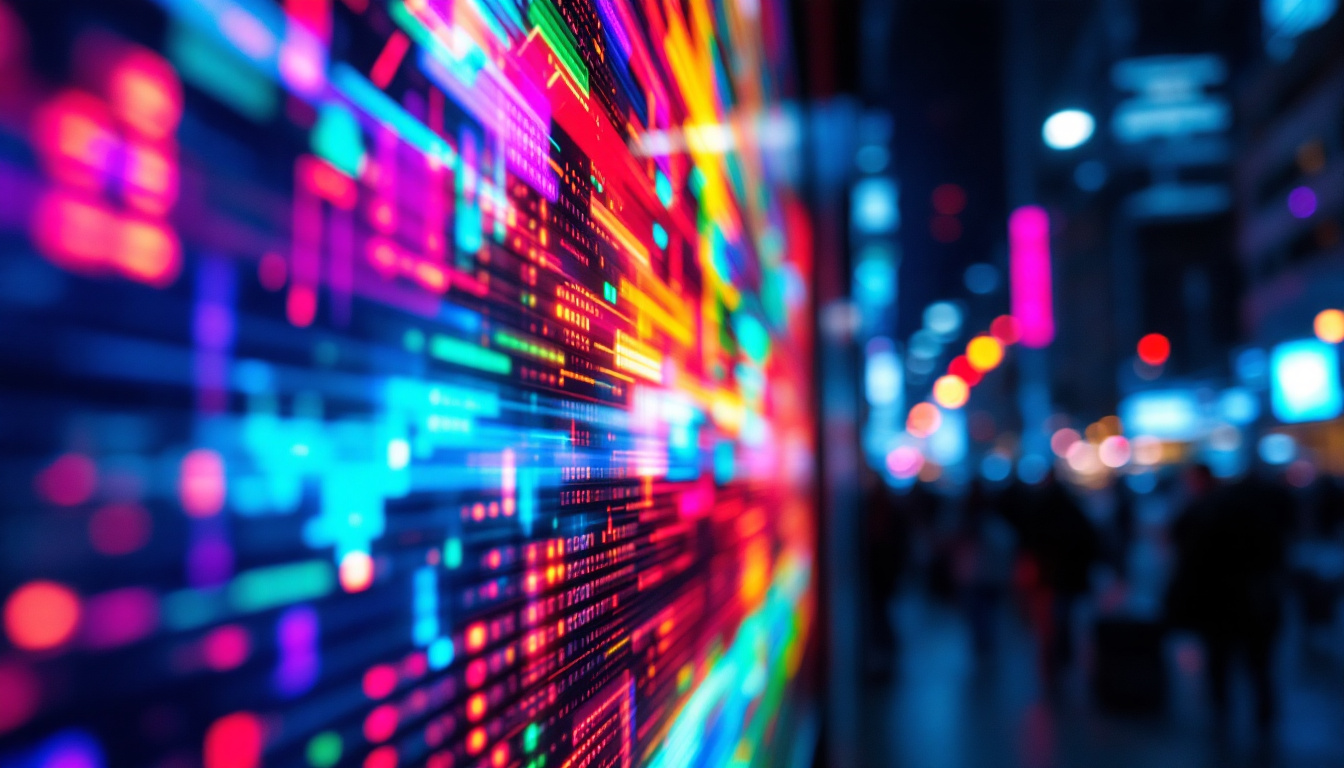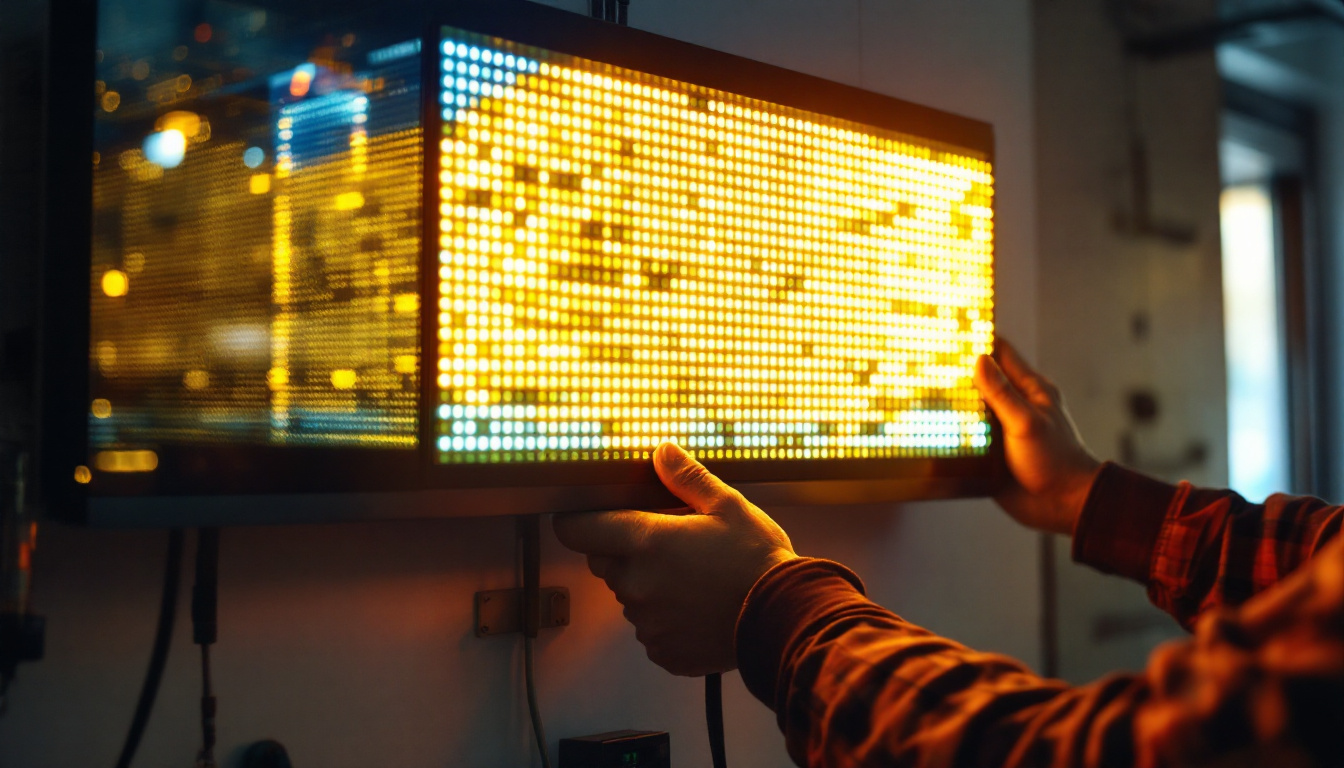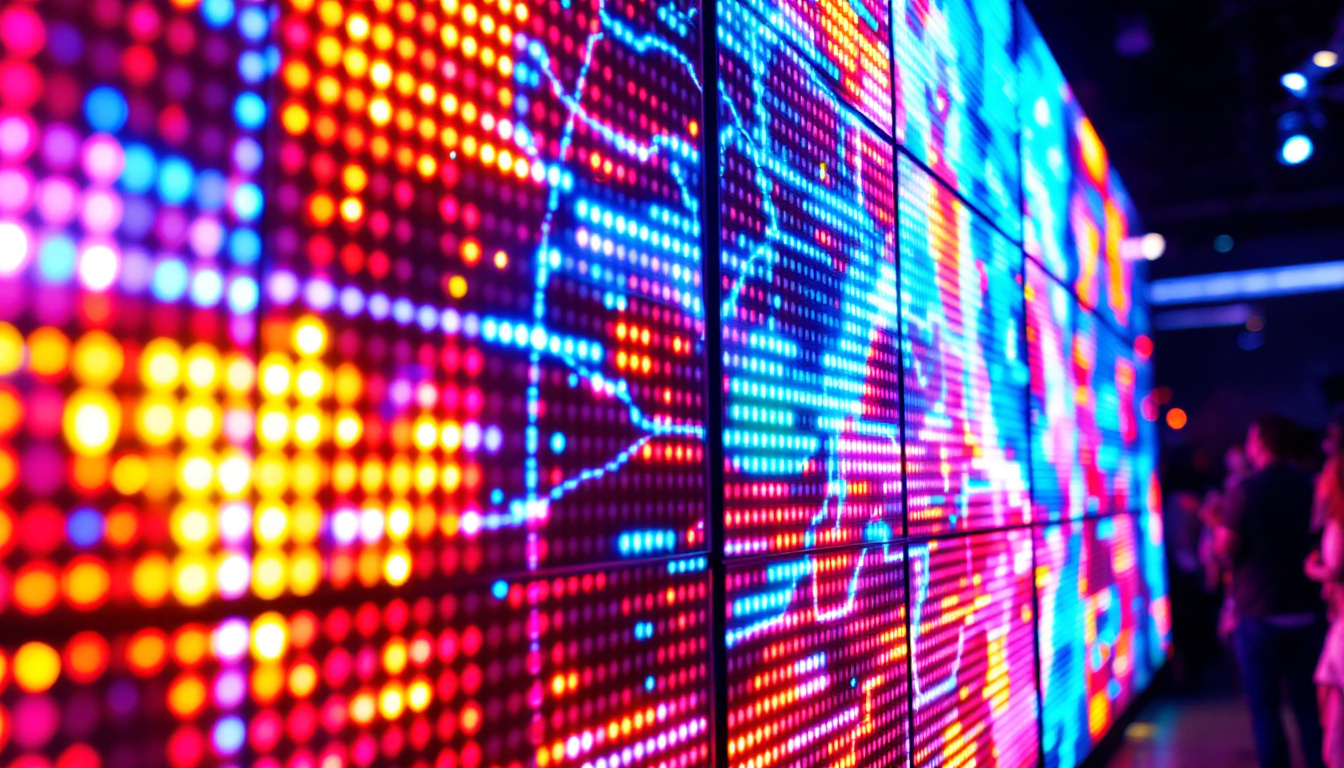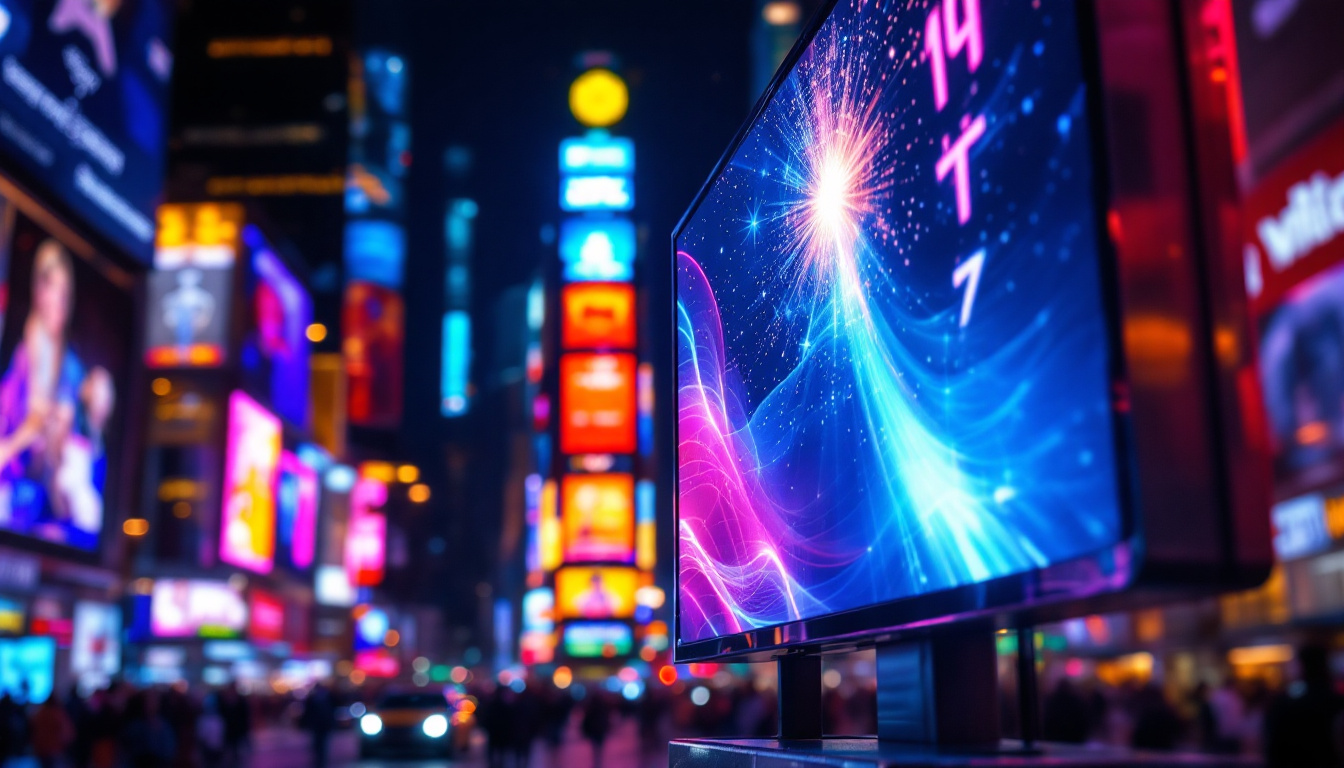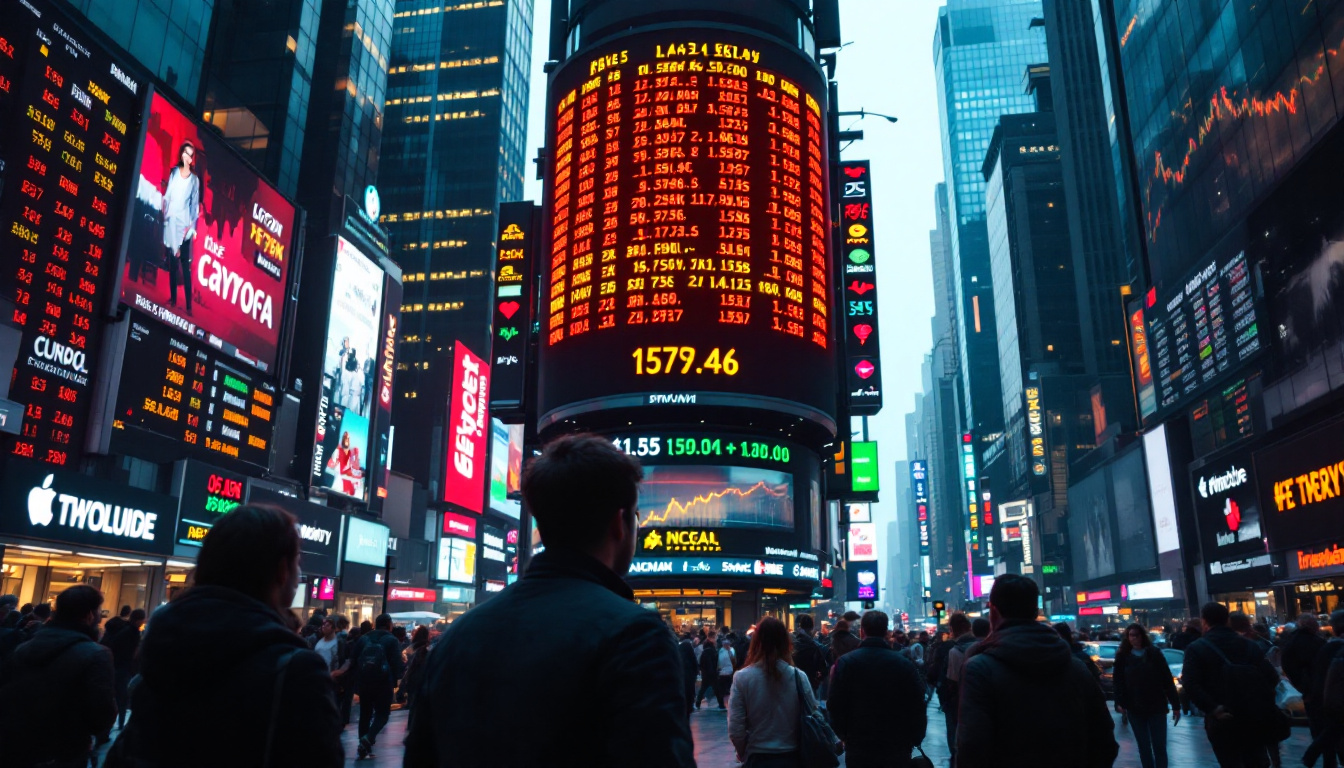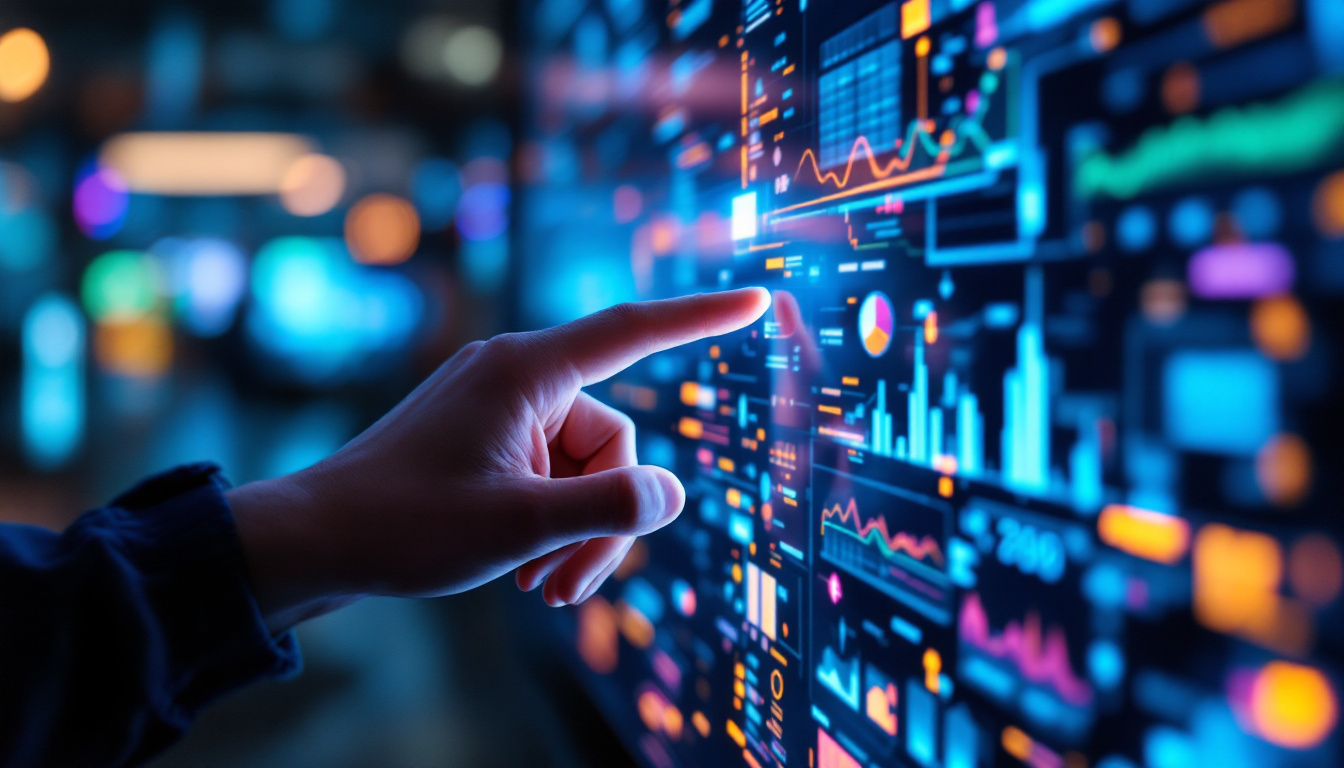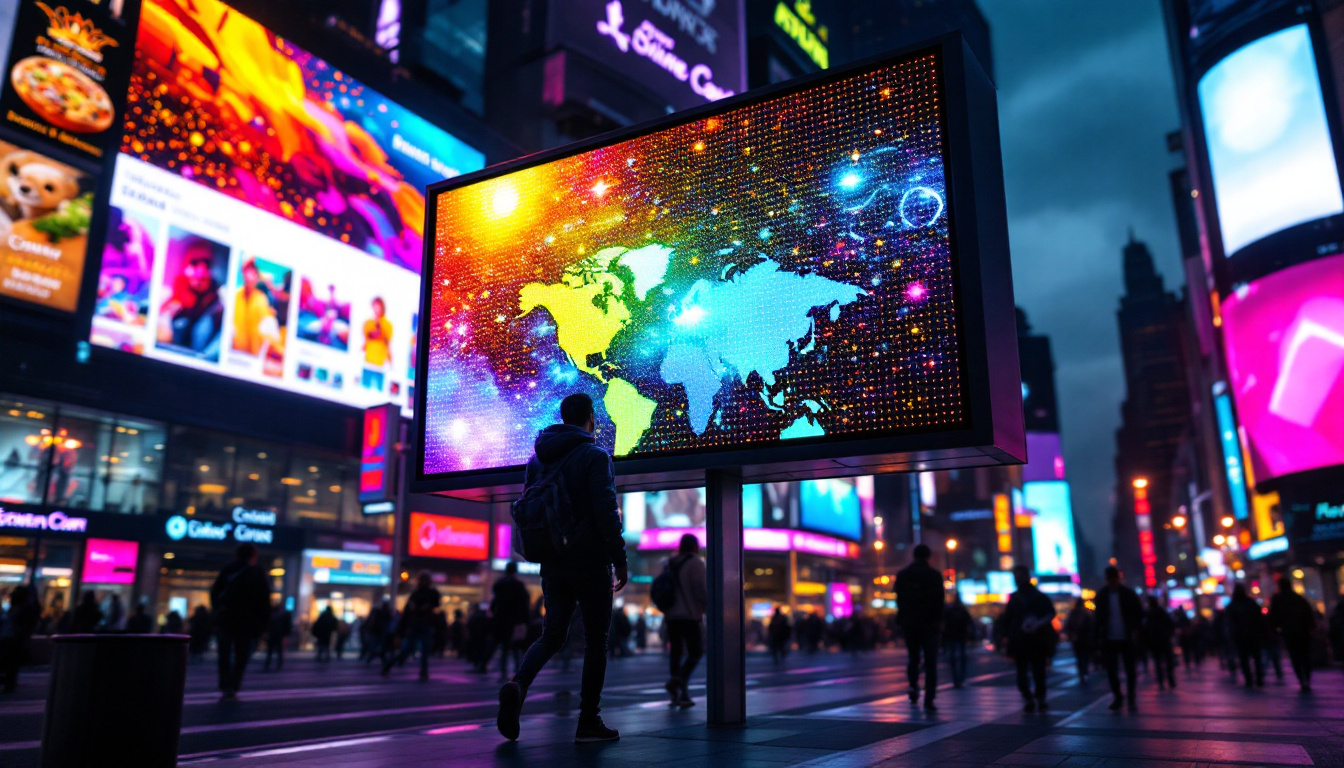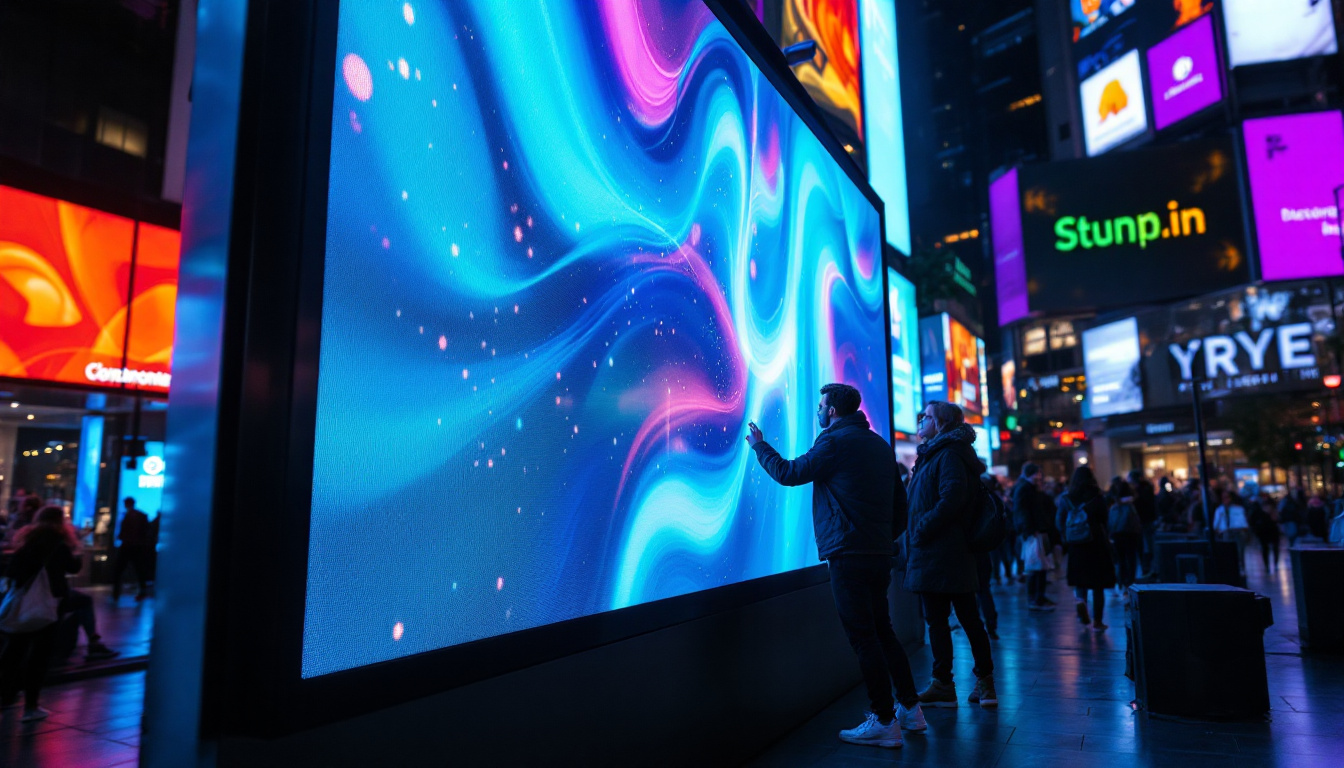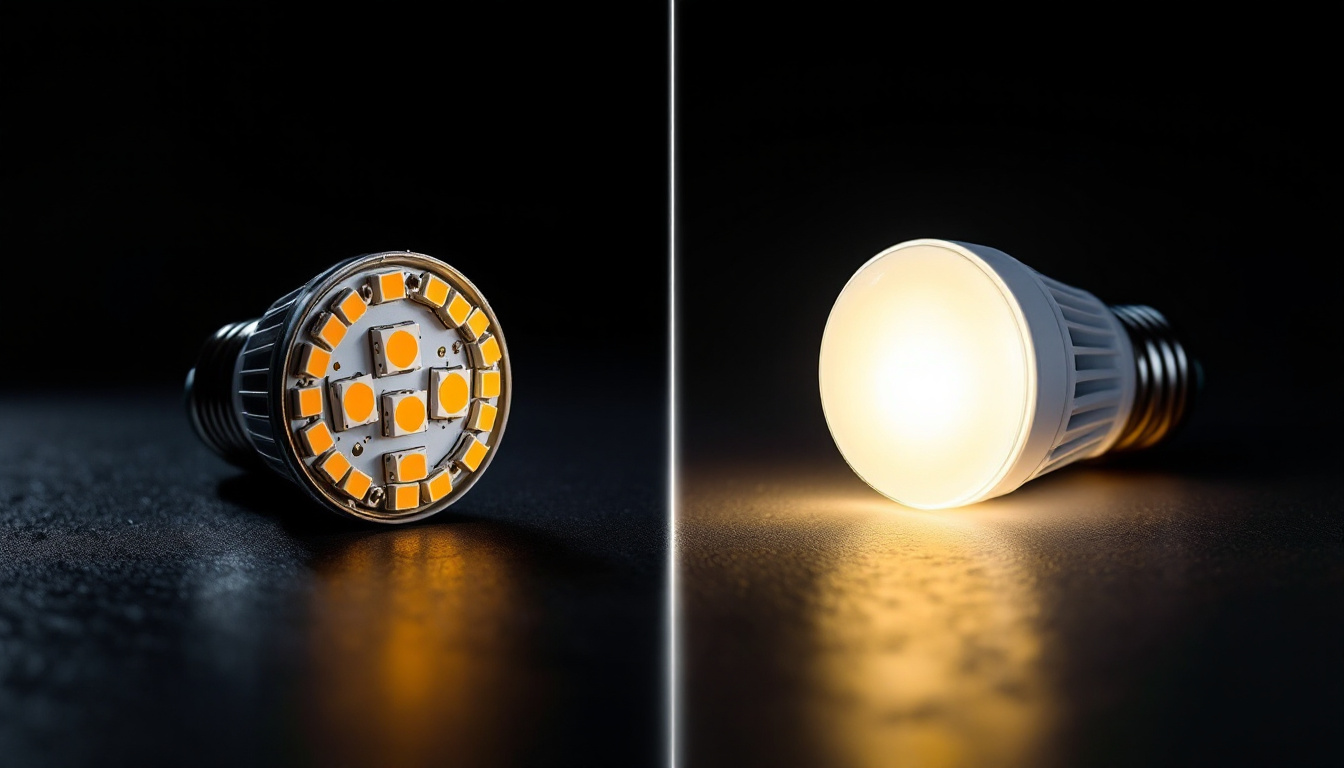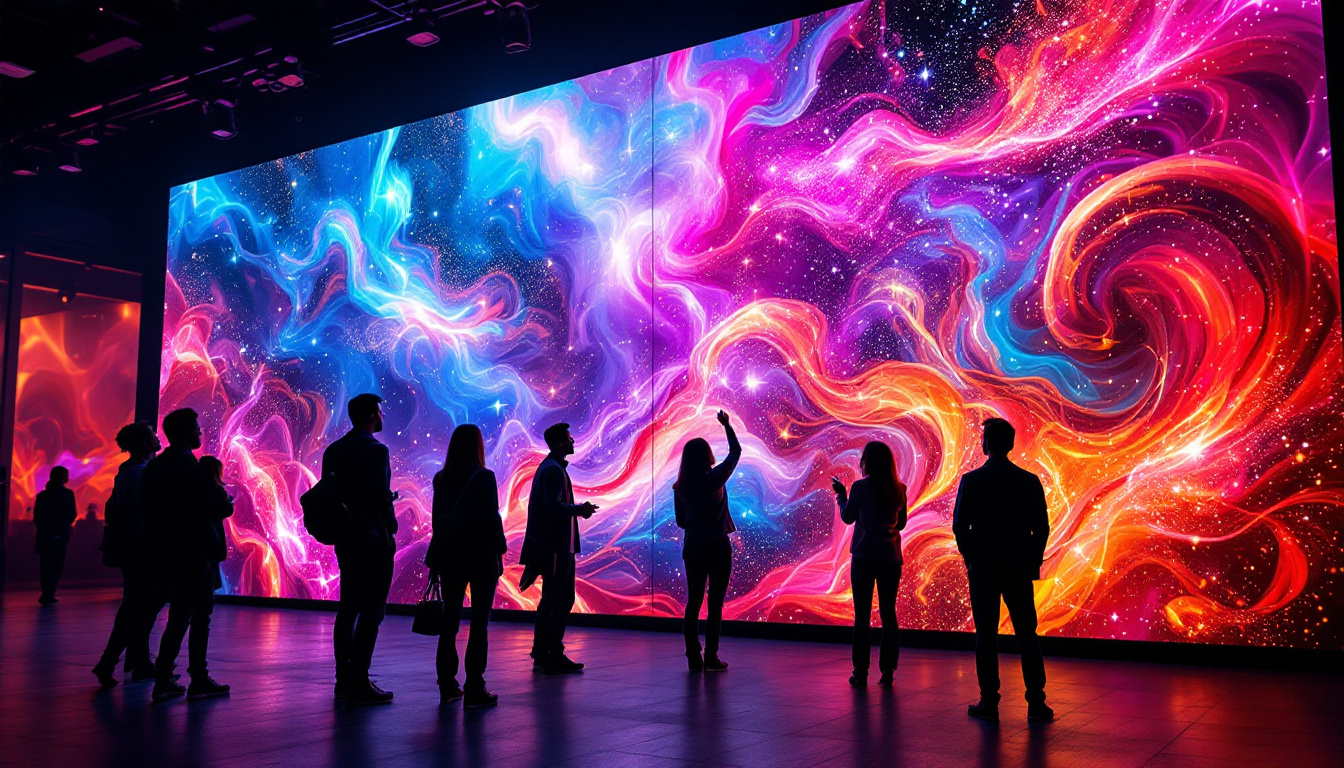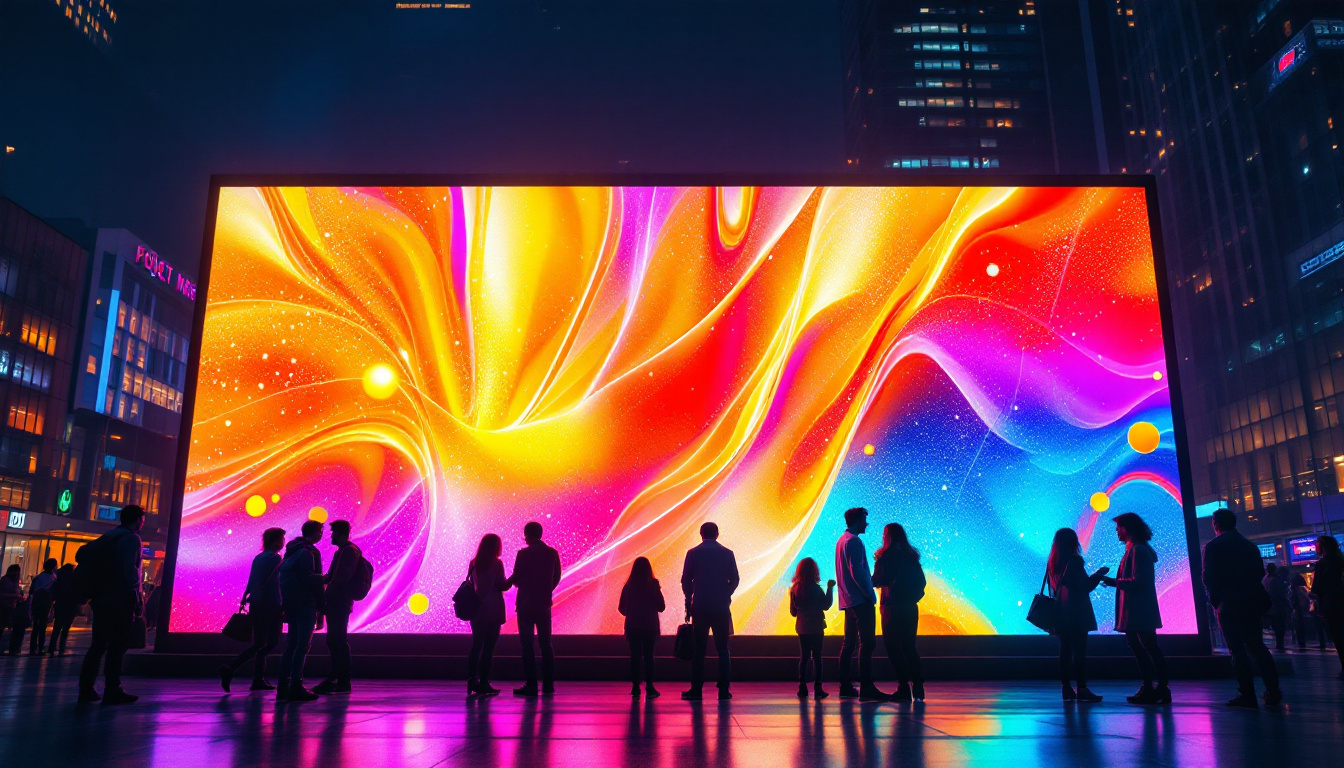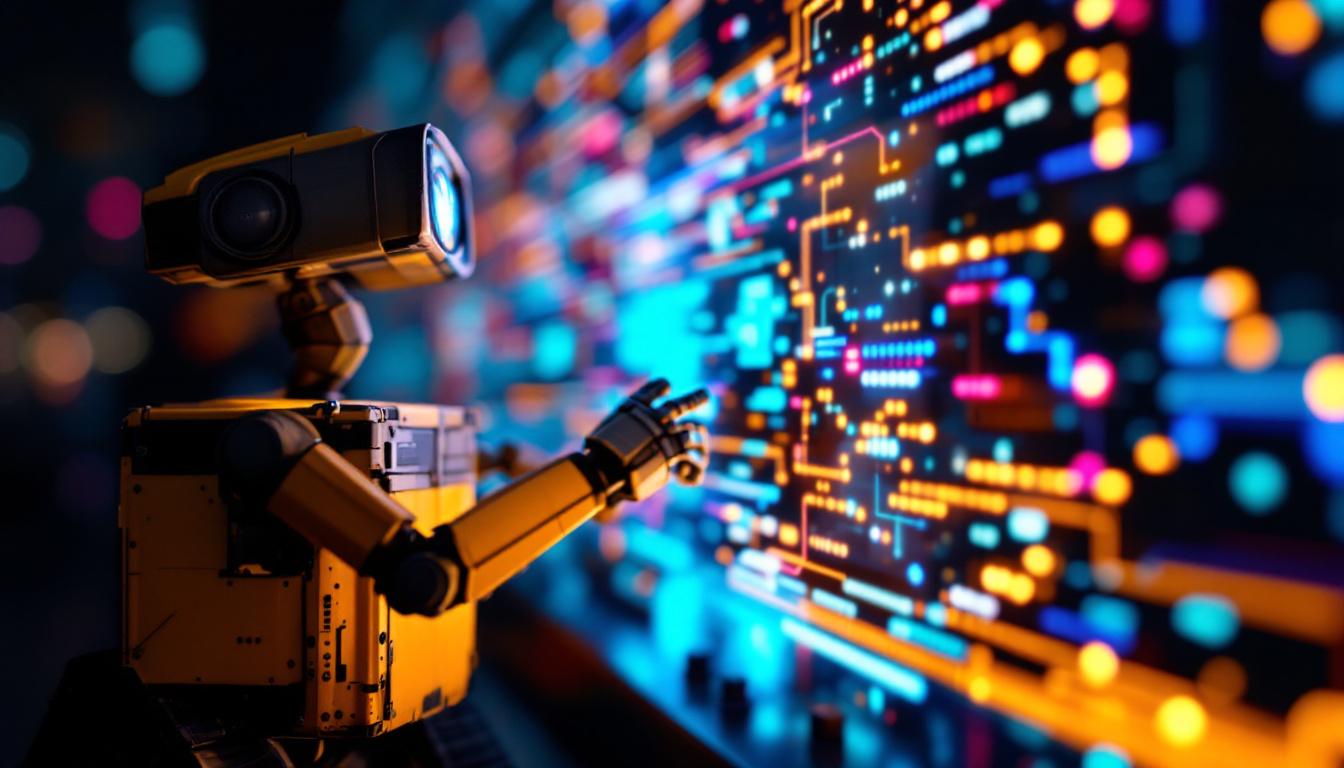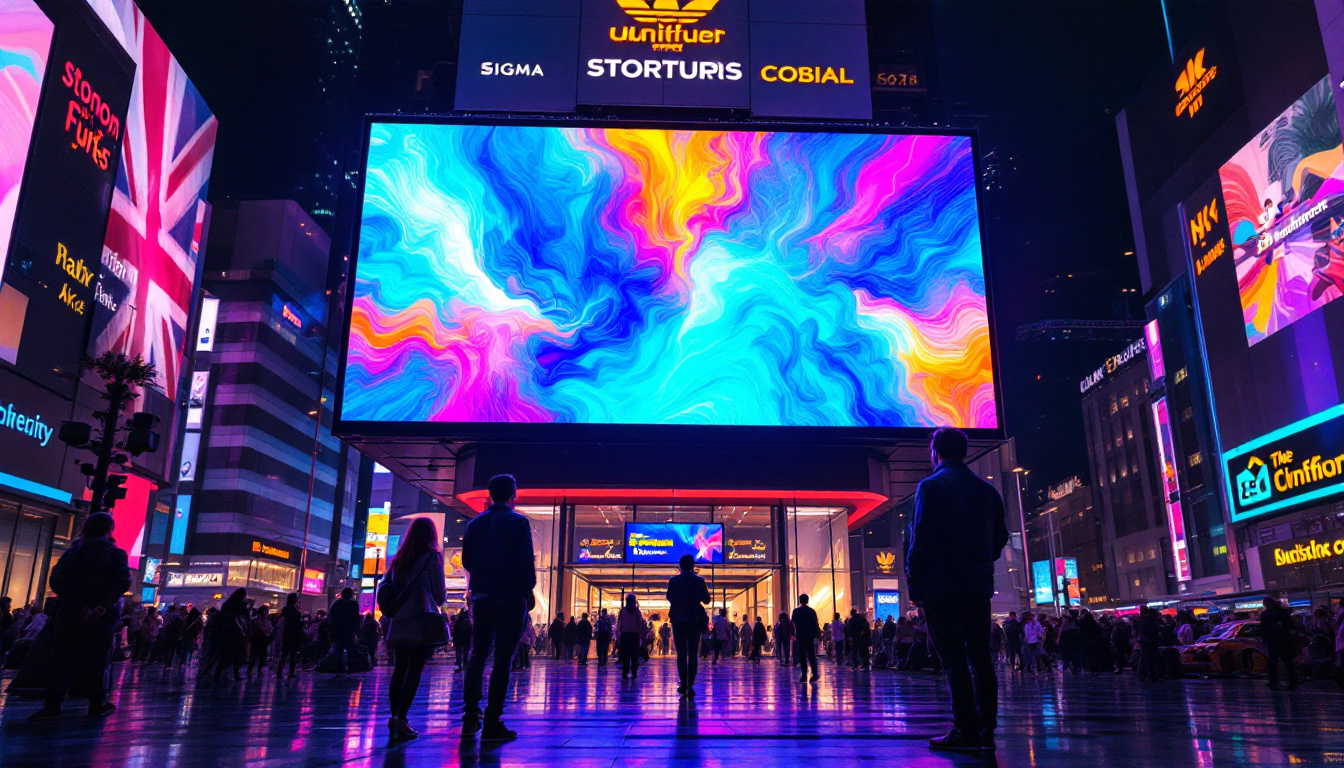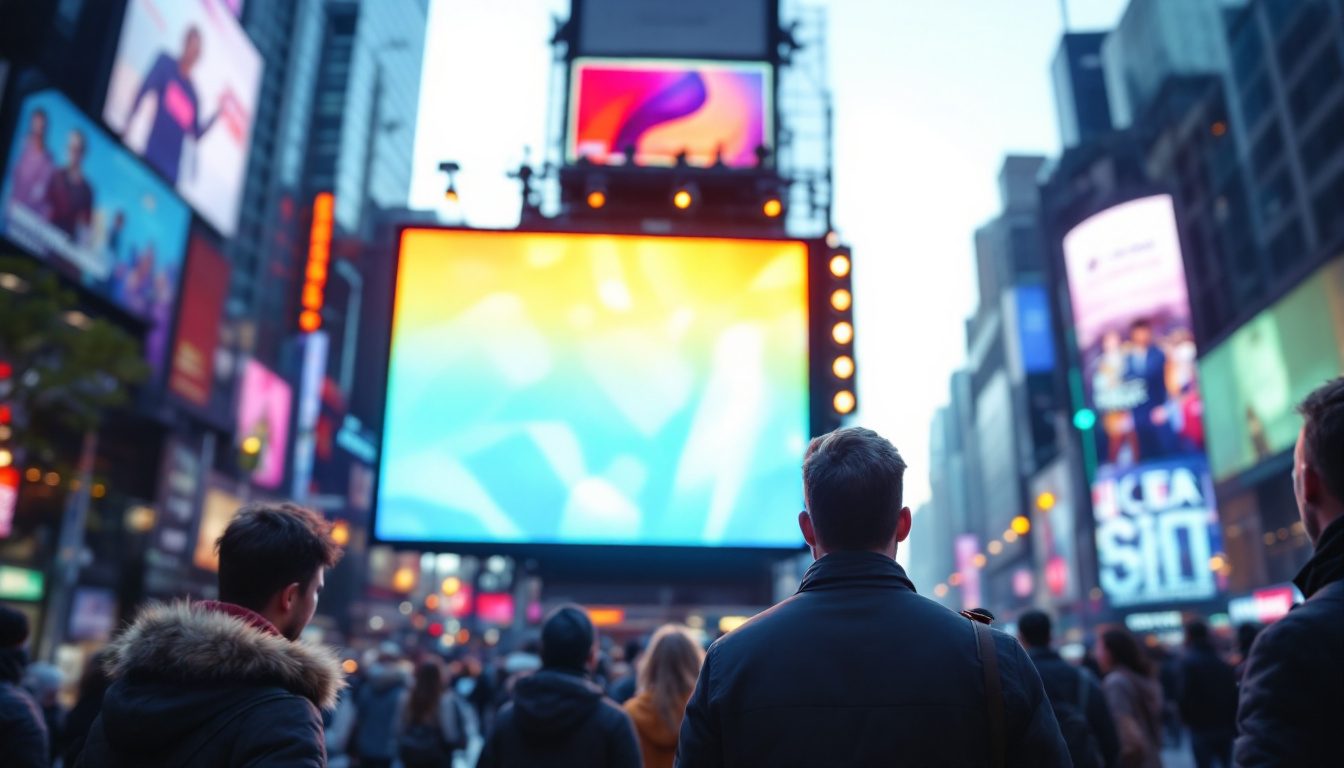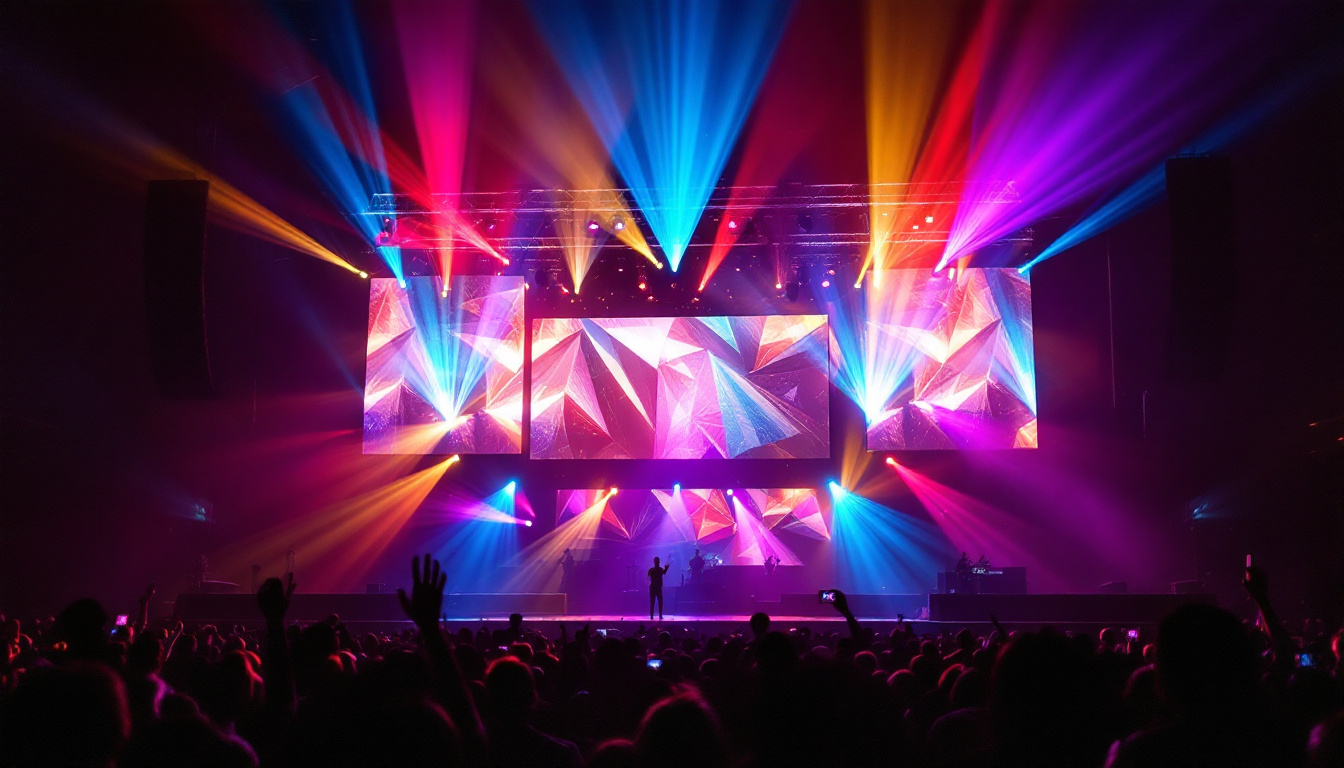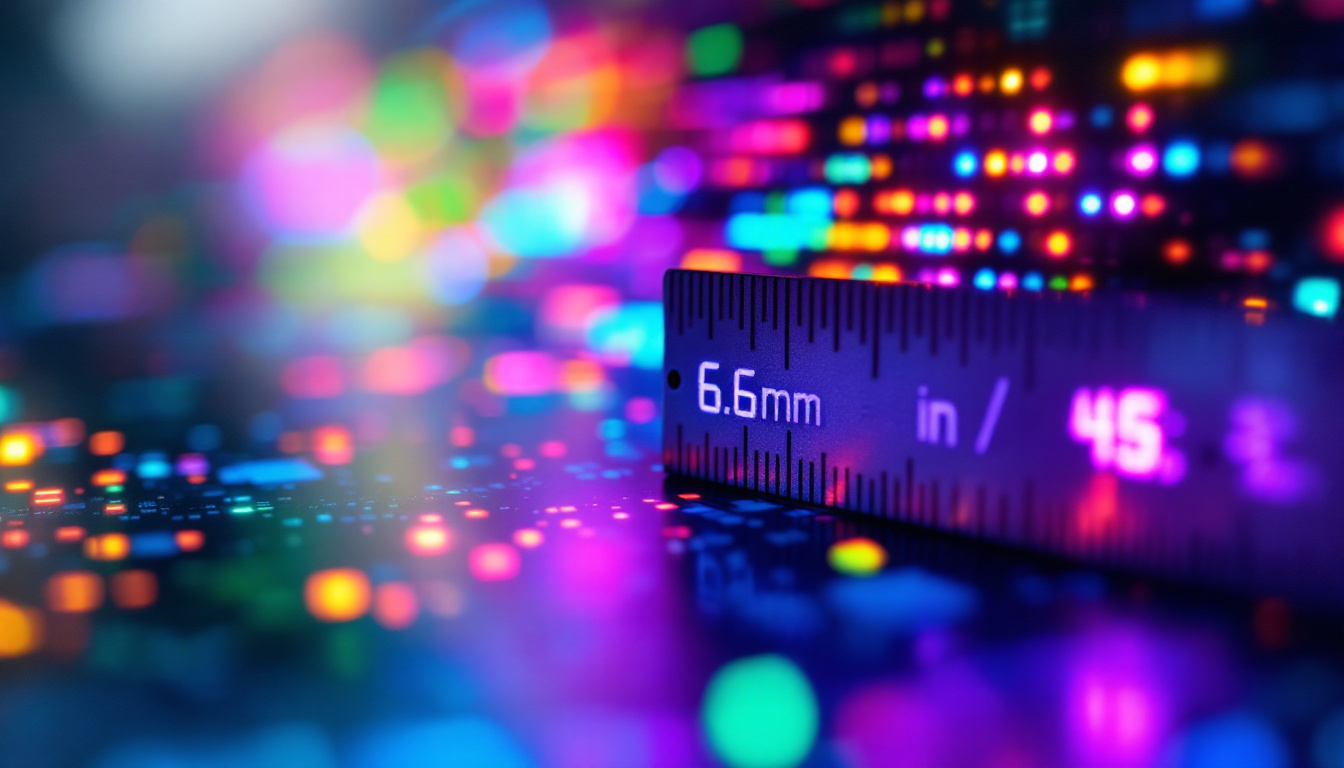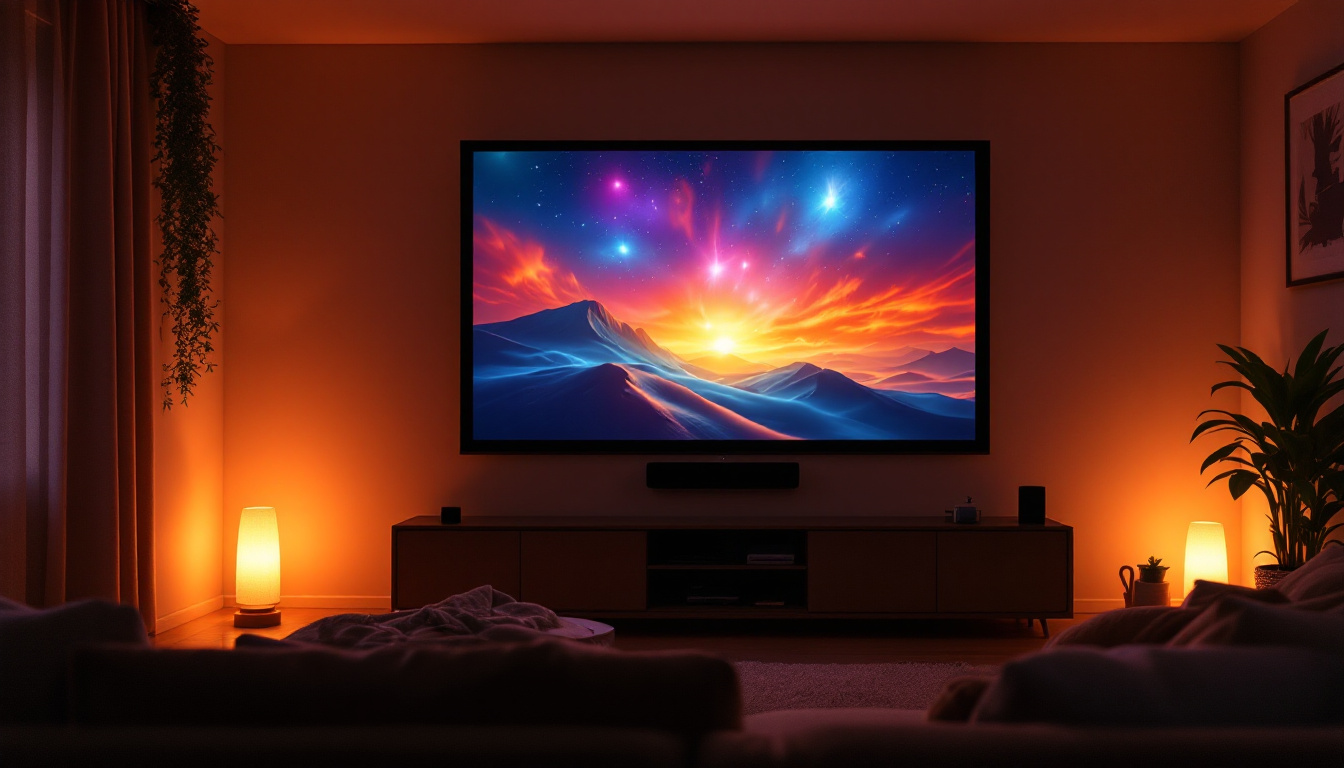In recent years, LED displays have revolutionized the way information is conveyed in public spaces. From advertising billboards to digital signage in transportation, LED technology has become a staple in modern communication. This article delves into the intricacies of LED displays, their applications, and the technology that powers them.
Understanding LED Technology
LED, or Light Emitting Diode, is a semiconductor device that emits light when an electric current passes through it. The technology has evolved significantly since its inception, leading to a wide range of applications across various industries. From residential lighting to large-scale advertising, the versatility of LEDs has transformed how we illuminate our world.
The Basics of LED Operation
At its core, an LED consists of a chip made from a combination of materials, typically gallium arsenide or gallium phosphide. When electricity flows through the chip, electrons recombine with holes, releasing energy in the form of photons. This process is known as electroluminescence and is responsible for the bright light emitted by LEDs. The color of the light produced is determined by the energy band gap of the semiconductor materials used, which can be engineered to emit various colors, from deep reds to vibrant blues.
One of the key advantages of LED technology is its energy efficiency. Compared to traditional incandescent bulbs, LEDs consume significantly less power, making them a more sustainable option for lighting and display purposes. Additionally, they have a longer lifespan, which reduces the need for frequent replacements. This longevity not only contributes to cost savings over time but also minimizes waste, aligning with global efforts to promote environmentally friendly practices in energy consumption.
Types of LED Displays
LED displays come in various forms, each designed for specific applications. The most common types include:
- Direct View LED Displays: These displays consist of individual LED modules that are arranged to form a larger screen. They are often used for outdoor advertising and large-scale events, providing bright and clear visuals even in direct sunlight.
- LED Video Walls: Composed of multiple LED panels, video walls are used in control rooms, broadcast studios, and large venues. They provide high-resolution images and can display dynamic content, making them ideal for presentations and live broadcasts where clarity and impact are crucial.
- LED Backlit Displays: Commonly found in televisions and computer monitors, these displays use LEDs to illuminate an LCD panel, enhancing brightness and color accuracy. This technology has revolutionized the viewing experience, allowing for thinner screens and improved picture quality.
Beyond these common types, the versatility of LED technology has led to innovations such as flexible LED displays that can be bent or shaped to fit unconventional spaces, and transparent LED screens that allow for creative advertising solutions without obstructing views. Furthermore, advancements in smart LED technology have paved the way for integration with IoT devices, enabling users to control lighting remotely and customize settings based on their preferences. This intersection of technology and design continues to push the boundaries of what is possible with LED applications.
Applications of LED Displays
The versatility of LED displays has led to their widespread adoption across various sectors. Here are some of the most notable applications:
Advertising and Marketing
One of the most prominent uses of LED displays is in advertising. Billboards and digital signage in retail environments leverage the bright and vibrant colors of LED technology to capture attention. These displays can be programmed to show dynamic content, such as promotional videos or real-time updates, making them more engaging than static advertisements.
Moreover, LED displays can be strategically placed in high-traffic areas, ensuring maximum visibility. This capability allows businesses to reach a broader audience and increase brand awareness effectively. The ability to change the displayed content quickly also means that businesses can adapt their messaging based on time-sensitive promotions or local events, making their advertising efforts more relevant and timely.
Transportation and Wayfinding
In transportation hubs such as airports and train stations, LED displays play a crucial role in providing real-time information to travelers. Flight schedules, train arrivals, and departure times are often displayed on large LED screens, ensuring that passengers are informed and can navigate their journeys with ease.
Additionally, LED displays are increasingly used in wayfinding systems, helping individuals locate amenities, exits, and other points of interest in large venues. The clarity and brightness of LED technology make it ideal for these applications, even in challenging lighting conditions. Beyond just directional assistance, these displays can also provide valuable information on safety protocols, emergency exits, and even local attractions, enhancing the overall travel experience.
Entertainment and Events
LED displays have transformed the entertainment industry, particularly in live events and concerts. Large-scale LED screens are commonly used to enhance the audience experience, providing visuals that complement performances. These displays can showcase live feeds, animations, and graphics, creating an immersive environment for attendees.
Furthermore, LED technology allows for creative installations, such as interactive displays and artistic light shows, which can captivate audiences and leave a lasting impression. The flexibility of LED panels enables event organizers to design unique layouts and configurations, ensuring that every seat in the venue has a great view of the action. Additionally, with advancements in LED technology, displays can now be made transparent or flexible, opening up new possibilities for innovative stage designs and interactive experiences that engage audiences in unprecedented ways.
Advantages of LED Displays
The benefits of LED displays extend beyond their visual appeal. Here are some key advantages that make them a preferred choice for many applications:
Energy Efficiency
As mentioned earlier, LED displays are highly energy-efficient. They consume significantly less power than traditional display technologies, which not only reduces operational costs but also minimizes environmental impact. This efficiency is particularly beneficial for businesses looking to lower their energy bills while maintaining high-quality displays.
Durability and Longevity
LED displays are designed to withstand various environmental conditions, making them suitable for both indoor and outdoor applications. They are resistant to shock, vibration, and temperature fluctuations, ensuring consistent performance over time. Additionally, LEDs have a long lifespan, often exceeding 50,000 hours, which means less frequent replacements and lower maintenance costs.
High Brightness and Visibility
One of the standout features of LED displays is their exceptional brightness. This characteristic allows them to be easily viewed in direct sunlight, making them ideal for outdoor advertising and signage. The high contrast ratio of LEDs also enhances image quality, ensuring that content is clear and vibrant, even from a distance.
Challenges and Considerations
While LED displays offer numerous advantages, they are not without challenges. Understanding these considerations is essential for effective implementation.
Initial Costs
The initial investment for LED display technology can be significant, especially for large installations. While the long-term savings on energy and maintenance can offset these costs, businesses must carefully evaluate their budgets and ROI before committing to an LED display system.
Content Management
Effective content management is crucial for maximizing the impact of LED displays. Businesses need to invest in software solutions that allow for easy scheduling and updating of content. Without a robust content management system, the potential of LED displays may not be fully realized.
Environmental Impact
Although LED technology is more energy-efficient than traditional lighting, it is essential to consider the environmental impact of manufacturing and disposing of LED displays. The production process involves the use of rare materials, and improper disposal can lead to electronic waste issues. Companies should seek sustainable practices to minimize their ecological footprint.
The Future of LED Displays
The future of LED displays looks promising, with ongoing advancements in technology and applications. As the demand for high-quality visual communication continues to grow, several trends are emerging in the LED display industry.
Integration with Smart Technology
As smart technology becomes increasingly prevalent, LED displays are expected to integrate seamlessly with other digital systems. This integration will enhance interactivity and allow for real-time data sharing, creating more engaging experiences for users. For instance, smart LED displays could adjust their content based on audience demographics or environmental conditions.
Higher Resolution Displays
With the advent of 4K and even 8K resolution displays, the demand for higher resolution LED technology is on the rise. These advancements will enable sharper images and more detailed visuals, making LED displays even more appealing for applications in advertising, entertainment, and information dissemination.
Flexible and Transparent Displays
Innovations in LED technology are also leading to the development of flexible and transparent displays. These displays can be integrated into various surfaces, such as windows or walls, allowing for creative advertising solutions that blend seamlessly with their surroundings. This adaptability opens up new possibilities for designers and marketers alike.
Conclusion
LED displays have become an integral part of modern communication, offering a dynamic and visually striking way to convey information. Their energy efficiency, durability, and versatility make them a preferred choice across various industries, from advertising to transportation and entertainment.
As technology continues to evolve, the future of LED displays promises even more exciting developments. With advancements in smart integration, higher resolutions, and innovative designs, LED displays are set to play a crucial role in shaping the way we interact with information in our daily lives.
Understanding the intricacies of LED technology and its applications is essential for businesses and organizations looking to leverage this powerful medium effectively. By embracing the potential of LED displays, companies can enhance their communication strategies and create memorable experiences for their audiences.
Explore Cutting-Edge LED Displays with LumenMatrix
Ready to elevate your visual communication and create unforgettable experiences? LumenMatrix, a pioneer in LED display technology, offers a comprehensive range of innovative solutions tailored to your needs. From Indoor and Outdoor LED Wall Displays to specialized options like Vehicle, Sports, and Floor LED Displays, our products are designed to captivate and engage your audience. Discover the transformative power of Custom, All-in-One, and Transparent LED Displays. Check out LumenMatrix LED Display Solutions today and step into the future of dynamic and impactful visual storytelling.

